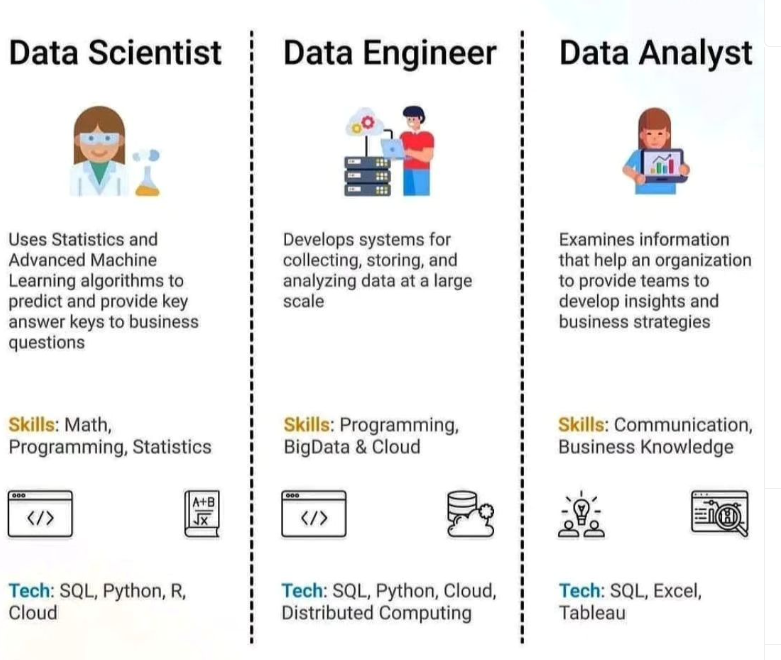Data mining is a process of discovering patterns, trends, correlations, or valuable information from large datasets. It involves using various techniques and algorithms to analyze and extract knowledge from structured or unstructured data. The goal of data mining is to uncover hidden patterns and relationships that can be used for decision-making, prediction, and knowledge discovery.
Here are some key aspects of data mining:
- Data Collection:
- The process begins with the collection of relevant data from various sources. This data can be structured, such as databases and spreadsheets, or unstructured, like text documents, images, and videos.
- Data Cleaning:
- Raw data often contains errors, missing values, and inconsistencies. Data cleaning involves preprocessing steps to handle these issues and ensure the quality of the data.
- Data Integration:
- Combining data from multiple sources to create a unified dataset is known as data integration. This step is essential for a comprehensive analysis.
- Data Selection:
- Not all data may be relevant to the mining process. Data selection involves choosing the subset of data that is most likely to contain valuable patterns and insights.
- Data Transformation:
- Data transformation involves converting the data into a suitable format for mining. This may include normalization, aggregation, or other transformations to enhance the quality and usability of the data.
- Data Mining Techniques:
- There are various data mining techniques, including:
- Classification: Assigning items to predefined categories.
- Regression: Predicting a numerical value based on historical data.
- Clustering: Grouping similar items together based on their characteristics.
- Association Rule Mining: Discovering relationships and patterns in data.
- Anomaly Detection: Identifying unusual patterns or outliers in the data.
- Text Mining: Extracting valuable information from unstructured text.
- There are various data mining techniques, including:
- Pattern Evaluation:
- Once patterns are identified, they need to be evaluated for their significance and reliability. This involves assessing the quality of the patterns and their potential usefulness.
- Knowledge Presentation:
- The results of data mining are presented in a comprehensible form, often using visualization tools or reports. The goal is to make the discovered knowledge accessible to decision-makers.
- Knowledge Utilization:
- The final step involves using the discovered knowledge to make informed decisions, improve processes, or gain insights into future trends.
- Ethical Considerations:
- Data mining also involves ethical considerations, such as privacy concerns, ensuring data security, and using the extracted knowledge responsibly.
Overall, data mining is a crucial component of the broader field of data science, providing valuable insights that can drive informed decision-making in various domains such as business, healthcare, finance, and research.
You would also like to read: Nature of Resources in Software Project Management.


3 thoughts on “What is Data Mining, Data Mining Steps and Techniques”